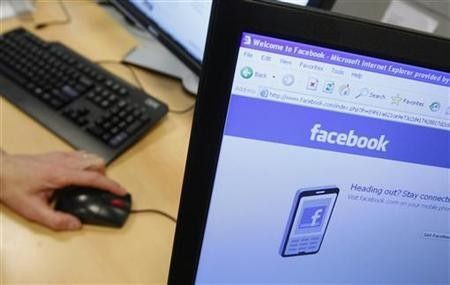What is Kawasaki Disease and how did Facebook save Someone’s Life?

Facebook can do many things - it connects you with people, can make you laugh and be your first source of news.
In the case of Deborah Copaken Kogan it actually helped save her four year old son's life. In an article on Slate, Kogan described how her son Leo woke up on mother's day with a rash. She assumed it was strep throat because his day care recently reported strep in his classroom.
Kogan posted a picture of her son waiting on the examination table and said, Nothing says Happy Mother's Day quite like a Sunday morning at the pediatrician's. A few of her friends asked what was wrong and she said it was just strep. The doctor got back to her and told her it was probably scarlet fever, which is essentially strep with a rash.
However, Kogan would come to find out that it was much worse. When Leo got worse the next day she wrote on her wall, Baby getting sicker. Eyes swollen shut. Fever rising. Penicillin not working. Might be scarlet fever. Or roseola. Or...???? Sigh.
It got worse the next day and Kogan posted another Facebook message. She said the swelling had got worse. It was at this point, Facebook intervened and saved Leo Kogan's life.
Soon after her third Facebook message, Kogan got a call from her Facebook friend Stephanie. Her friend said that she needed to take Leo to the hospital immediately. Her son had the same issue and it turned out to be Kawasaki Disease. She said she looked up the symptoms and said they matched Leo's.
Once Leo's strep throat test came back negative and two more people told her it may be Kawasaki Disease, she took Leo to the hospital. Leo was treated, released, retreated, and rereleased for Kawasaki disease as well as Kawasaki-triggered liver disease.
Kogan said during the time Leo was treated, Facebook acted as a way to keep people in the loop on how he was doing. Two months later, Kogan said Leo is recovering but will have to echocardiograms every year for the rest of his life. However, it's better than what could have happened and she has Facebook to thank for it.
What is Kawasaki Disease?
According to PubMed Health, a government run medical site, Kawasaki disease involves inflammation of the blood vessels. It occurs in children and is seen most frequently in Japan. It is the leading cause of heart disease in children in the U.S.
It is poorly understood because of its newness. The cause of Kawasaki Disease has still not yet been determined. It be an autoimmune disorder which affects membranes, lymph nodes, walls of the blood vessels, and the heart.
The symptoms are usually bloodshot eyes, red or cracked lips, red mucous membranes in the mouth, strawberry tongue, white coating on the tongue, or prominent red bumps on the back of the tongue, red palms, swollen hands and feet, skin rashes, peeling skin in the genital area, swollen lymph nodes and joint pain and swelling.
Follow Gabriel Perna on Twitter at @GabrielSPerna
© Copyright IBTimes 2025. All rights reserved.





















